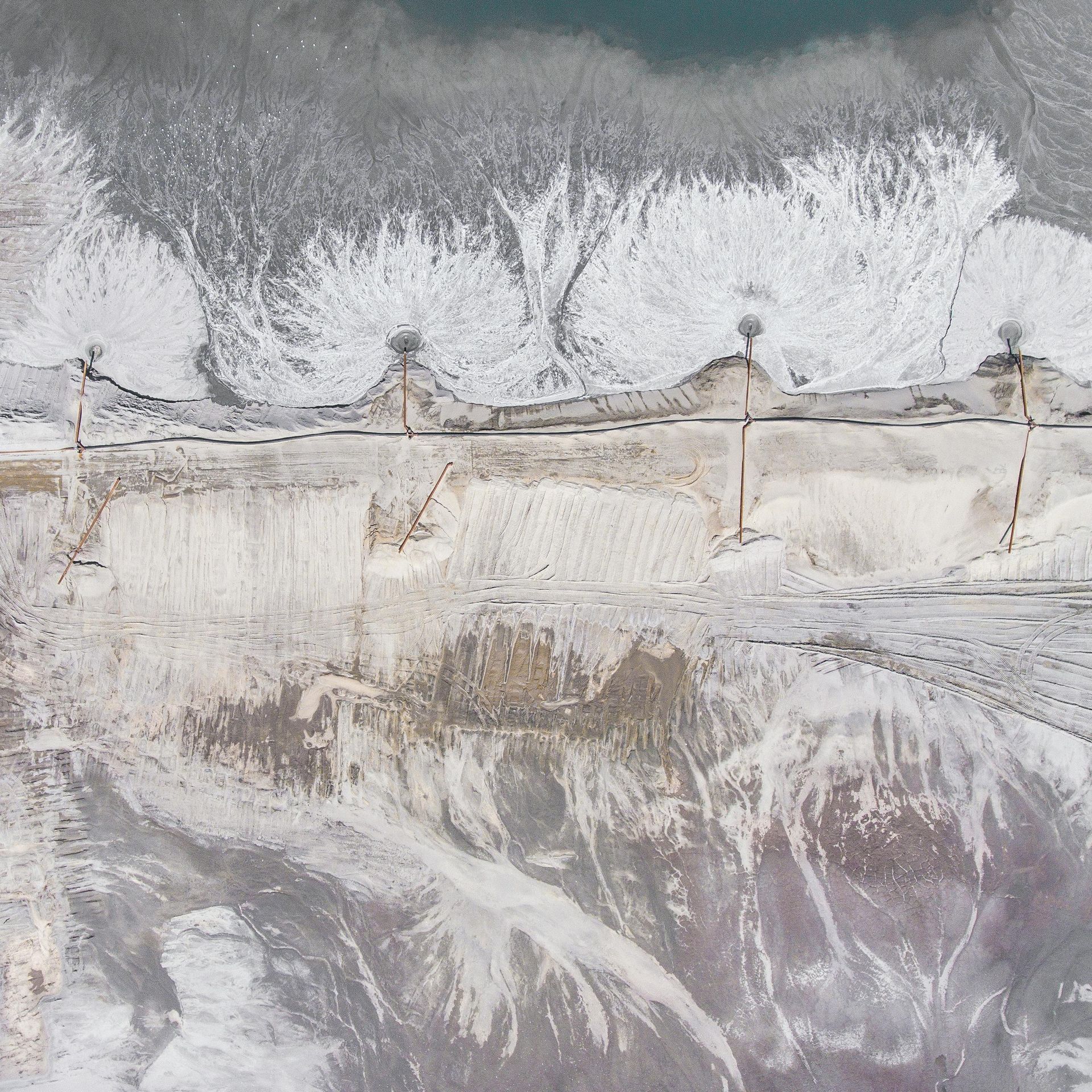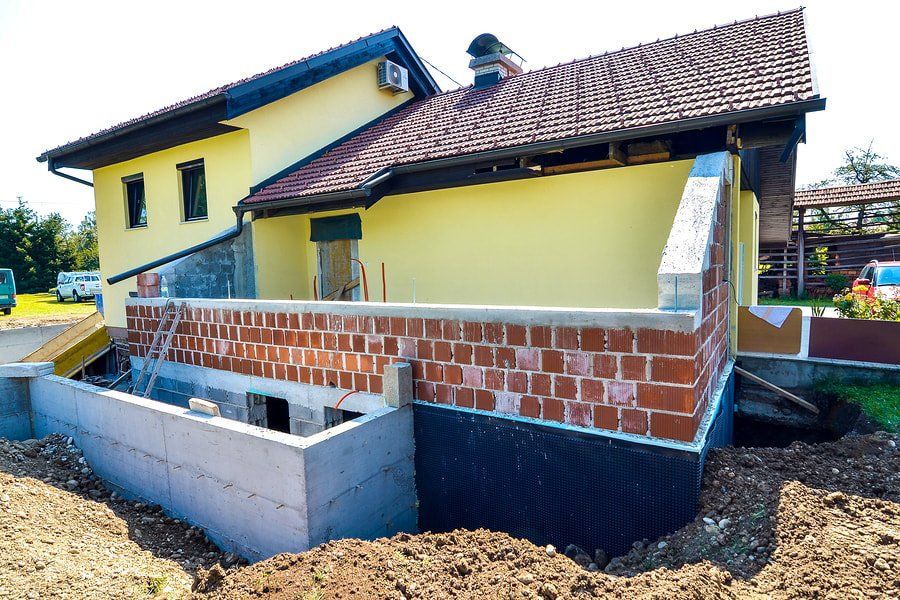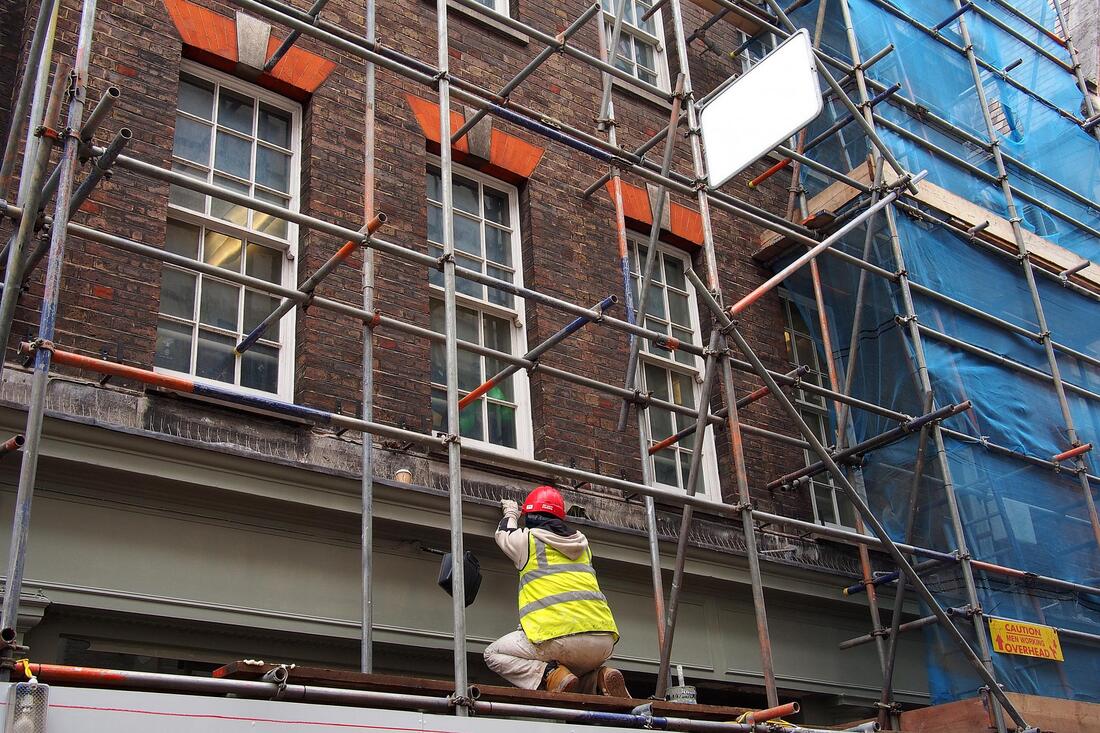Say Goodbye to Water Damage: Everything You Need to Know About French Drains
The Ultimate Guide to French Drain Installation and Repair for Effective Water Management
Water damage is a homeowner's worst nightmare, but it doesn't have to be. One of the most effective ways to prevent water from seeping into your home or causing damage to your landscape is by installing a French drain. French drains, also known as French trench drains or French ditch drains, are highly effective drainage systems designed to redirect water away from your property. Whether you're dealing with a soggy basement, a flooded yard, or foundation issues, French drains offer a reliable solution for managing excess water. This guide will walk you through everything you need to know about French drain installation, repair, and maintenance, ensuring your home stays dry and your property remains intact.

What is a French Drain?
A French drain is a trench filled with gravel or rock that contains a perforated pipe. This drainage system redirects surface and groundwater away from an area, preventing water from pooling around your home or in your yard. Often referred to as a French ditch or French ditch drain, this system is an effective method for solving water drainage issues in both residential and commercial properties.
French drains work by collecting water from the surrounding soil and directing it towards a designated drainage area, such as a sewer, a dry well, or a low-lying area away from your home's foundation. By doing so, they protect your property from water damage, including basement flooding, soil erosion, and foundation problems.
Why Do You Need a French Drain?
Water drainage issues can cause significant damage to your property if not addressed promptly. Here are some common scenarios where installing a French drain can be beneficial:
Basement Flooding:
Water accumulating around your foundation can seep into your basement, causing flooding and damage to your home's structure. A French drain basement system can effectively prevent this by diverting water away from your foundation.
Yard Drainage Problems: If your yard retains water after a heavy rain, it can lead to a muddy mess, damage to your lawn, and even foundation issues. French drain installation in your yard can help manage water drainage and keep your landscape in good condition.
Foundation Drainage Issues:
Poor foundation drainage can lead to cracks, settling, and other structural issues. Installing a French drain around your foundation can help prevent these problems by directing water away from your home.
Erosion Control:
Excess water can cause soil erosion, which can damage your landscape and lead to further drainage issues. A French drain can help control erosion by managing water flow and directing it away from vulnerable areas.
Types of French Drains
There are several types of French drains, each designed for specific water drainage needs. Understanding the different types can help you choose the right drainage system for your property.
1. Interior French Drains
Interior French drains are installed inside your home, typically around the perimeter of your basement. These drains are designed to prevent water from entering your basement by collecting it and directing it to a sump pump, which then pumps the water away from your home. Interior French drains are a popular choice for homes with basements that are prone to flooding.
2. Exterior French Drains
Exterior French drains are installed outside your home, usually around the foundation. These drains are designed to prevent water from pooling around your foundation and causing damage. Exterior French drains are particularly effective for homes with poor foundation drainage or properties that experience heavy rainfall.
3. French Ditch Drains
French ditch drains are a type of exterior French drain that is installed in a shallow trench around your property. These drains are ideal for managing surface water and preventing it from accumulating in your yard or near your home's foundation.
4. Curtain Drains
Curtain drains are similar to French ditch drains but are installed at a shallow depth and at a distance from the area you want to protect. These drains are designed to intercept and redirect surface water before it reaches your home or yard.
How to Install a French Drain
French drain installation requires careful planning and proper execution to ensure it functions effectively. Here is a step-by-step guide to installing a French drain:
Step 1: Determine the Location
The first step in French drain installation is determining the location where the drain will be most effective. This could be around your home's foundation, in a low-lying area of your yard, or along a retaining wall. It's important to choose a location where water naturally accumulates and ensure the drain will direct water to a suitable drainage area.
Step 2: Dig the Trench
Once you've determined the location, the next step is to dig a trench for your French drain. The trench should be approximately 18-24 inches deep and 12 inches wide, though these dimensions can vary depending on your specific drainage needs. It's important to ensure the trench slopes away from your home or the area you're trying to protect, with a slope of about 1 inch per 8 feet.
Step 3: Add Gravel and a Drainage Pipe
After digging the trench, the next step is to add a layer of gravel or crushed stone to the bottom. This helps with water drainage and provides a stable base for the drainage pipe. Once the gravel is in place, lay a perforated drainage pipe on top of the gravel, making sure the holes are facing down. This allows water to enter the pipe and be carried away from your property.
Step 4: Cover with Gravel and Fabric
After placing the drainage pipe, cover it with additional gravel or crushed stone until the trench is filled to about 2-3 inches from the top. Then, cover the gravel with a layer of landscape fabric. This fabric helps prevent soil and debris from entering the drain and clogging the pipe, ensuring the system remains effective over time.
Step 5: Backfill the Trench
The final step in French drain installation is to backfill the trench with soil, covering the gravel and fabric. It's important to compact the soil as you go to prevent settling and ensure a stable surface. Once the trench is filled, you can add grass seed or sod to restore your landscape.
Common French Drain Problems and How to Fix Them
While French drains are highly effective at managing water drainage, they can sometimes experience problems that require repair. Here are some common French drain issues and how to address them:
1. Clogged Drainage Pipes
One of the most common issues with French drains is clogged drainage pipes. Over time, soil, debris, and roots can enter the pipe and cause blockages, preventing water from flowing freely. To fix a clogged drain, you may need to clean out the pipe using a plumber's snake or hydro jet. In some cases, you may need to replace a section of the pipe.
2. Poor Drainage Performance
If your French drain isn't performing as well as it should, it could be due to improper installation or an insufficient slope. In this case, you may need to regrade the trench to ensure proper water flow or install additional drainage solutions, such as a drain tile system, to improve performance.
3. Water Pooling Around the Drain
If water is pooling around your French drain, it could be due to a clogged or damaged drainage pipe or an insufficient slope. To fix this issue, you may need to clean out the pipe, repair any damage, or regrade the trench to ensure proper water flow.
4. Erosion Around the Drain
If you notice erosion around your French drain, it could be due to a lack of gravel or inadequate landscape fabric. To fix this issue, you may need to add more gravel or fabric to the trench to prevent soil from washing away.
Maintaining Your French Drain
Proper maintenance is key to ensuring your French drain system continues to function effectively over time. Here are some tips for maintaining your French drain:
Regular Inspections: Inspect your French drain regularly to ensure it is free of debris and functioning properly. Look for signs of water pooling, erosion, or damage to the drainage pipe.
Clean the Drainage Pipe: Clean the drainage pipe periodically to remove any debris or roots that may have entered the system. This can be done using a plumber's snake or hydro jet.
Check the Slope: Ensure the trench slope remains intact and free of obstructions. If the slope becomes compromised, you may need to regrade the trench to restore proper water flow.
Repair Damage Promptly: If you notice any damage to your French drain, such as cracks in the pipe or erosion around the trench, address the issue promptly to prevent further problems.
Choosing the Right Drainage Solutions
French drains are just one of many yard drainage solutions available for managing water drainage on your property. Depending on your specific needs, you may also consider other drainage systems, such as dry wells, sump pumps, or catch basins. Consulting with a professional drainage service can help you determine the best solution for your property and ensure it is installed correctly.
Conclusion
French drains are an effective and versatile solution for managing water drainage around your home or yard. Whether you're dealing with basement flooding, poor yard drainage, or foundation issues, a French drain system can help protect your property from water damage and maintain its value. By understanding the different types of French drains, knowing how to install and maintain them, and recognizing common problems and solutions, you can ensure your French drain remains effective for years to come.
If you're considering installing a French drain or need help with an existing system, look for "drainage near me" to find a qualified drainage
service in your area. With the right drainage solutions in place, you can say goodbye to water damage and enjoy a dry, worry-free home.



